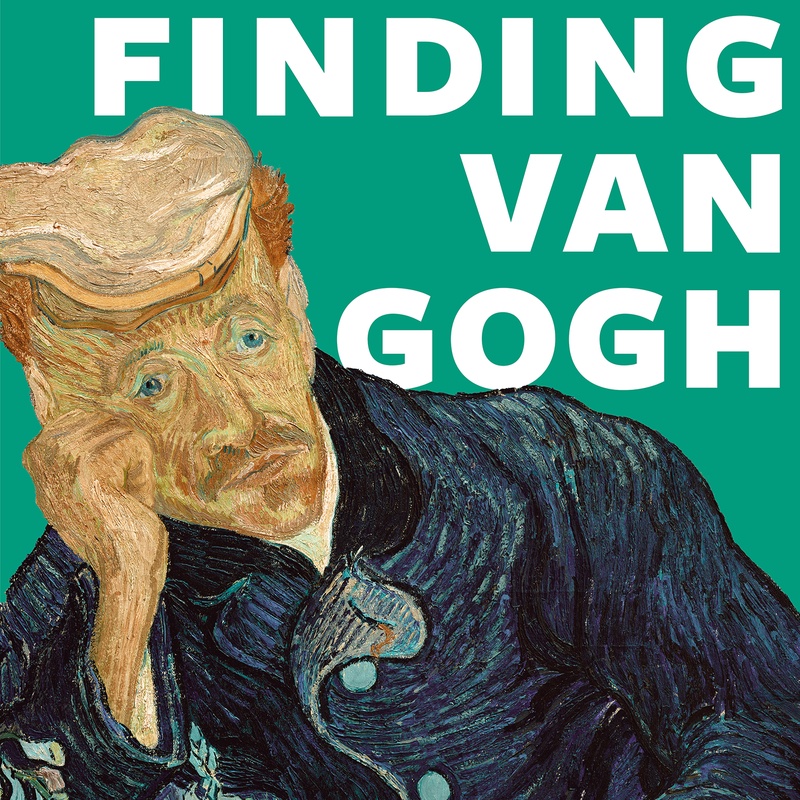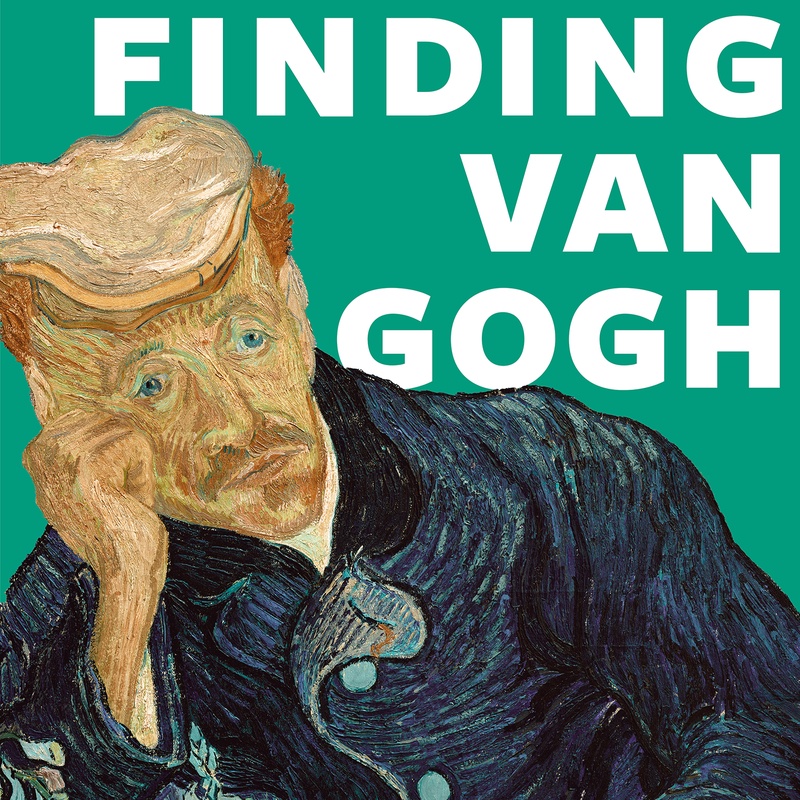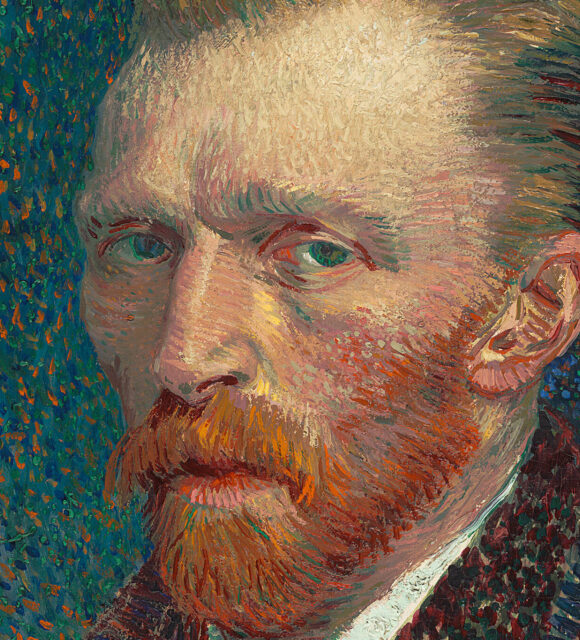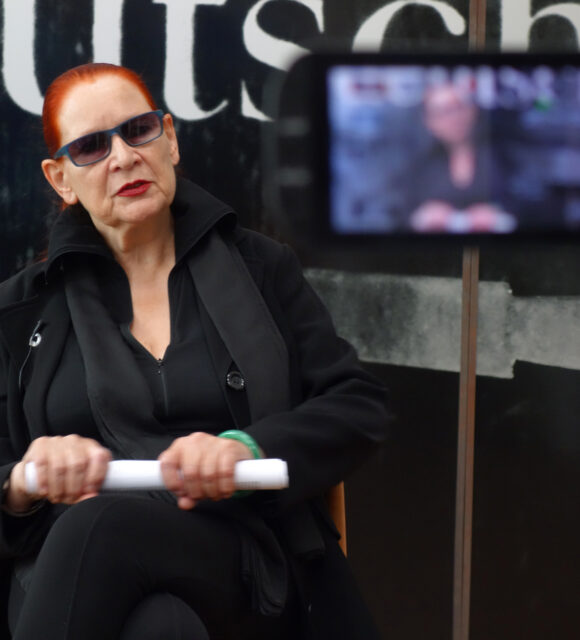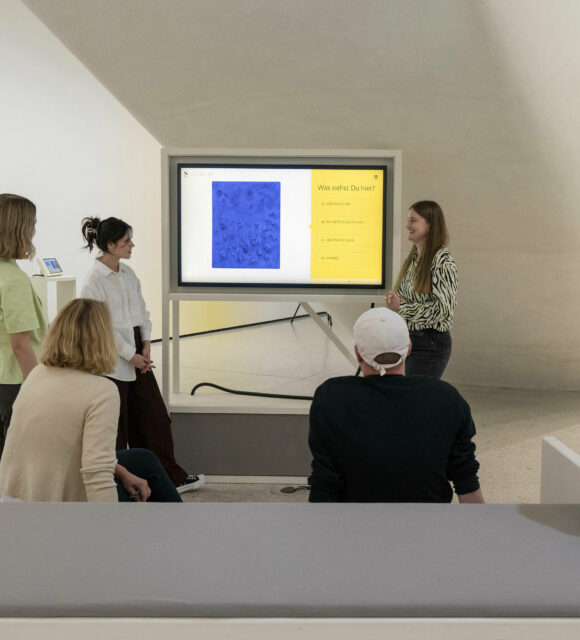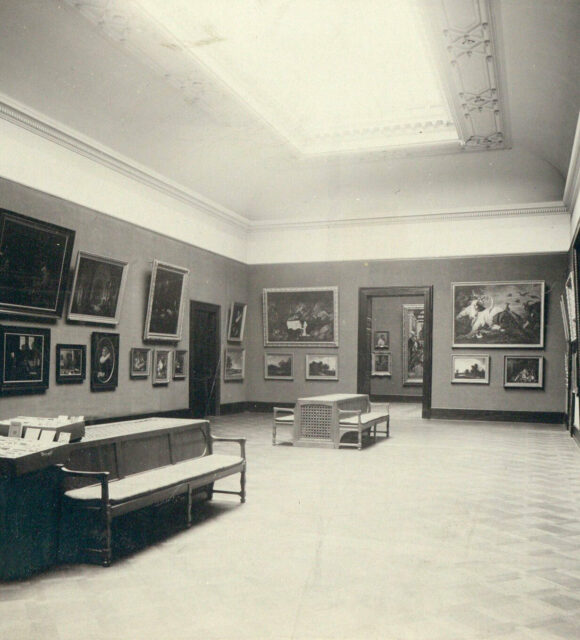Podcast
Finding Van Gogh
In Search of the Legendary “Portrait of Dr Gachet”
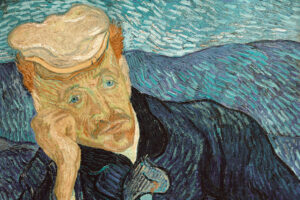
The last great portrait by Vincent van Gogh disappeared from the public eye three decades ago. The podcast series FINDING VAN GOGH traces the painting’s eventful history—to get to the bottom of the question: where is the masterpiece now?
Trailer
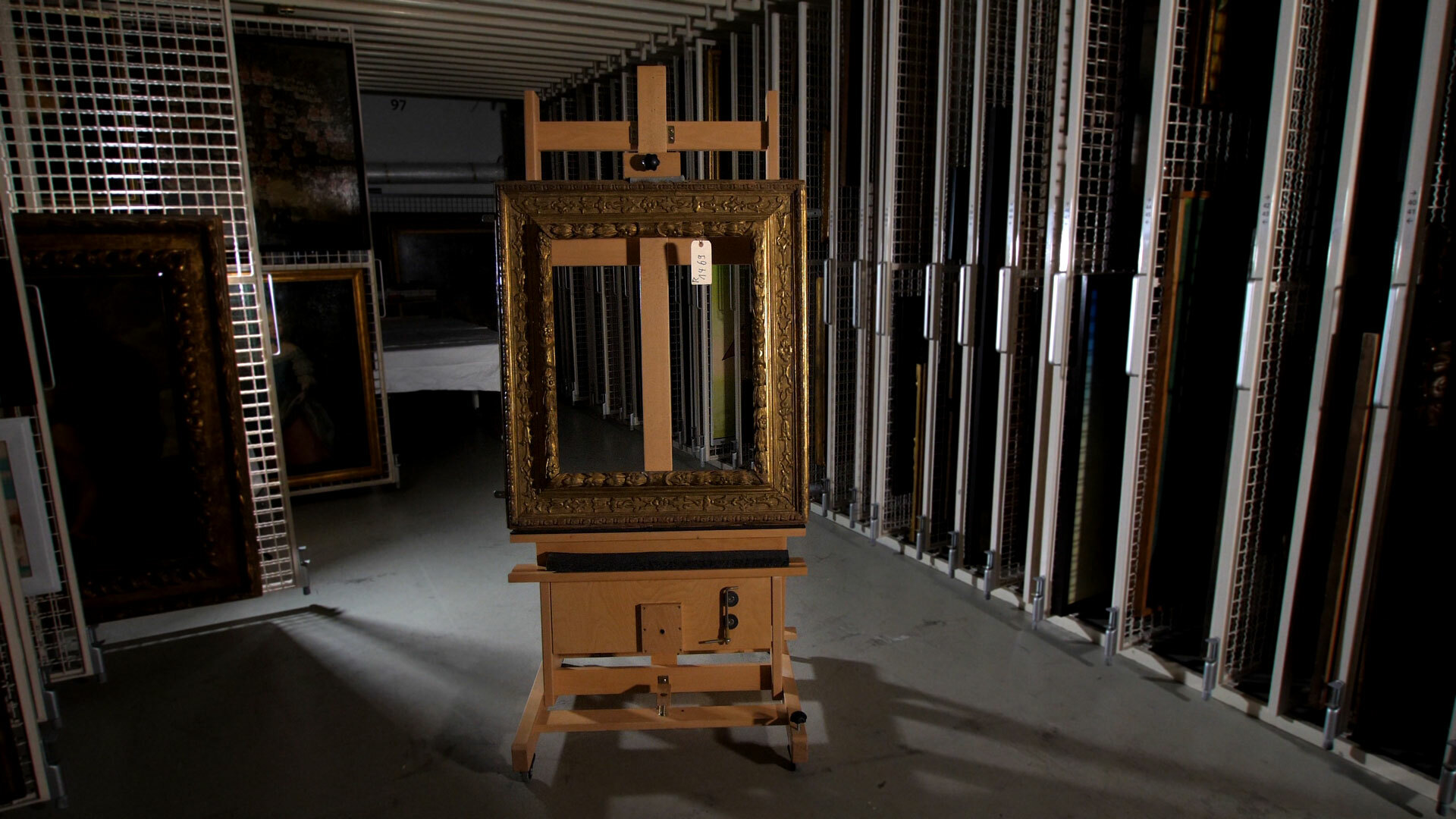
The Podcast
The Story
When the Städel exhibition MAKING VAN GOGH opened its doors in October 2019, it featured some 120 works of art and—notably—an empty picture frame. This was the frame that originally held the “Portrait of Dr Gachet”, Vincent van Gogh’s last major likeness. The painting was once a highlight of the Städel collection—that is, until the Nazis confiscated it in 1937, declaring it a work of so-called ‘degenerate art’.
The “Portrait of Dr Gachet” shows the neurologist who treated Van Gogh. The expression and pose reveal the physician’s world-weariness and profound sense of melancholy. The artist painted the masterpiece just weeks before taking his own life. Today the painting occupies an iconic place not just in the history of art, but also in the history of the art market.
In 1990, exactly 100 years after its execution, the “Portrait of Dr Gachet” sold at auction for a record sum of $82.5 million. Its new owner purportedly expressed the wish that it be cremated with his body after his death. This statement turned out to be the stuff of legend: the painting wasn’t destroyed along with its owner’s remains after all. Nevertheless, it has vanished from public view and was last seen at that historic, record-breaking auction in 1990.
FINDING VAN GOGH is a 5-part podcast series—the first podcast to be released by the Städel Museum. In it, the journalist Johannes Nichelmann attempts to establish the whereabouts of the “Portrait of Dr Gachet” and traces its remarkable history. He meets with contemporary witnesses, art experts, and Van Gogh enthusiasts in Germany, France, London, New York, and Switzerland. They tell of the painting’s genesis and its history under National Socialism, and provide first-hand insights into the workings of today’s global art market.
Its story holds a mirror up to some of the political and social situations in the places that it was: first in France, in Germany and then in the United States. Then it was in Japan. And now wherever it is. Where it’s hidden. Disappeared.
The Protagonists
Johannes Nichelmann
Johannes Nichelmann (*1989) has been working as a free-lance reporter, author and moderator for public broadcasting, radio and television since 2008. He leads the way through the story of FINDING VAN GOGH.
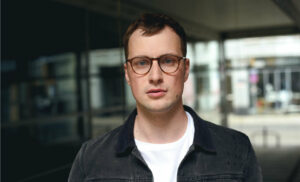
Photo: Niklas Vogt
Cynthia Saltzman
Cynthia Saltzman is an art historian and journalist working in New York. Her book “The Portrait of Dr Gachet” (1998) is the first ever to study the painting’s history in depth. Her research was an important source for the podcast.
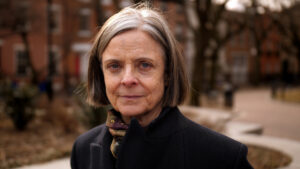
Alexander Eiling
Alexander Eiling (*1974) is the head of the Städel Museum’s collection of modern art and the curator of the exhibition MAKING VAN GOGH. He would have liked to show the “Portrait of Dr Gachet” in the exhibition.
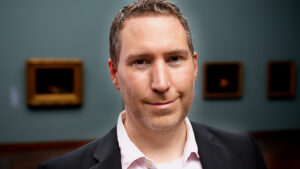
Dominique Janssens
Dominique Janssens (*1948), a native of Belgium, used to work as a manager for an international food giant. In 1984, he purchased the house where Van Gogh spent the last months of his life—the Auberge Ravoux in the French town of Auvers-sur-Oise. With his Institut Van Gogh he is working to keep the artist’s memory alive.
Andreas Hansert
Andreas Hansert (*1958) is a historian and sociologist. He works as a free-lance author and has carried out research and published texts on such topics as the cultural history of the Frankfurt bourgeoisie and local Nazi history.
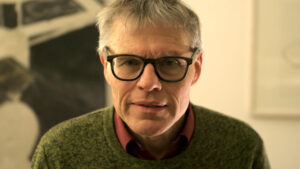
Anna Huber
Anna Huber (*1982) is an art historian and works in the Städel’s museum education department. For the podcast, she immersed herself in the history of the Gachet portrait.
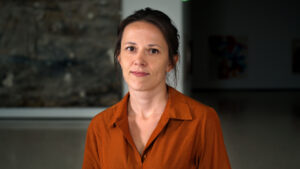
Konstanze Crüwell
Konstanze Crüwell (*1942) is a journalist and author. The former editor of the Frankfurter Allgemeine Zeitung carried out in-depth research on the biography of former Städel director Georg Swarzenski and published a book about him in 2015.
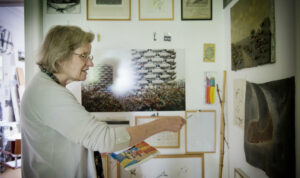
Photo: Wonge Bergmann
Iris Schmeisser
Iris Schmeisser (*1972) is a provenance researcher and the head of the Städel Museum’s historical archive. Her work focusses on the history of artworks and their changes of ownership, especially during the Nazi era.
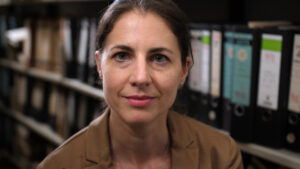
Ewald Rathke
Ewald Rathke (*1926) is an art historian and art dealer. He was the director of the Frankfurt Kunstverein from 1961 and 1970 and has owned an art dealership in this city for nearly 50 years. In the early 60s, he saw the “Portrait of Dr Gachet” in the New York apartment of its then owner, Lola Kramarsky.
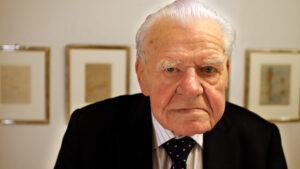
Gottfried Boehm
Gottfried Boehm (*1942) is an art historian, philosopher and professor emeritus of the University of Basel. He is considered one of the most influential art and image theorists in the German-speaking part of Europe.
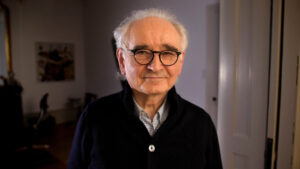
Christopher Burge
Christopher Burge worked for Christie’s from 1970 to 2012 and was considered one of its top auctioneers. He auctioned off eight of what, at that time, were the world’s ten most expensive artworks. In 1990 he also directed the auction in New York where the “Portrait of Dr Gachet” broke all the records.
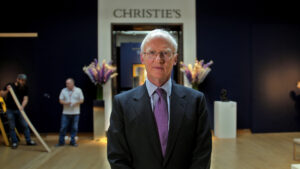
Dirk Boll
Dirk Boll (*1970), originally from Germany, is now based in London and president of Christie’s in Europe, Middle East, Russia and Africa.
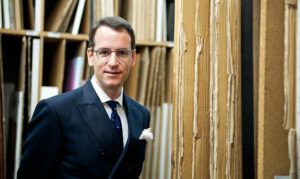
Photo: Christie’s Images Limited 2019
Stefan Koldehoff
Stefan Koldehoff (*1967) is a journalist and expert on the art market and Van Gogh. He has been researching the “Portrait of Dr Gachet” and its history extensively for three decades.
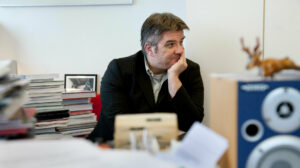
Photo: private
Giovanna Bertazzoni
Giovanna Bertazzoni is with Christie’s London, where she heads the international department of Impressionist and modern art. An Italian by birth, she has been working for the auction house since 1998.
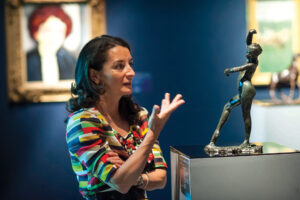
Photo: Christie’s Images Limited 2019
David Nash
David Nash (*1942) worked for the auction house Sotheby’s for altogether 35 years, most recently as the director of the international Impressionist and modern art department. He is one of the most eminent art dealers in the U.S. Today, he and his wife run a gallery in New York.

Photo: private
The Historical Protagonists
Worth Knowing
What’s a podcast?
A podcast is a subscribable audio file. Like classical blogs, podcasts function by way of RSS feeds. You don’t have to know the technical details; just remember the best thing about podcasts: you can listen to them on demand—whenever and wherever you want to. All you need is an internet connection and a podcast app you can use to download and listen to FINDING VAN GOGH—for example while you’re commuting, cleaning house or going for a walk. Naturally, FINDING VAN GOGH is available free of charge.
How do I listen to FINDING VAN GOGH?
Naturally, you can listen to FINDING VAN GOGH on the website you’re at right now. But we recommend a podcast app. That will enable you to subscribe to FINDING VAN GOGH free of charge and download it onto your smartphone or tablet. Good apps also offer additional functions such as changing chapter images.
This is how it works – Just install one of the many available podcast apps on your smartphone or tablet. Then you can access FINDING VAN GOGH with the aid of the app’s search function. You can “subscribe” to the podcast free of charge. That way, you won’t miss any of the Städel’s future podcasts. You will not receive any advertising from us.
Many apps and platforms lead to FINDING VAN GOGH – Apple and Android devices already have pre-installed podcast apps. In the respective app stores, you’ll also find other offers, for example Overcast (iOS), Castro (iOS), Antenna Pod (Android) and Pocket Casts (iOS and Android, small fee), to name just a few. Or you can listen to us on Spotify or Deezer.
We recommend – You’ll get the most enjoyment out of the sound quality if you listen to FINDING VAN GOGH with good headphones!
How you can help us
Most people hear about new podcasts through recommendations. If you like FINDING VAN GOGH, we’d be delighted if you tell your friends and acquaintances about it. Your ratings on podcast platforms also help spread the word about our podcast.
Credits
FINDING VAN GOGH is a podcast series by the Städel Museum in collaboration with Johannes Nichelmann and Jakob Schmidt.
Authors and producers
Johannes Nichelmann and Jakob Schmidt
Idea
Sarah Omar
Project management
Sarah Omar, supervised by Pamela Rohde
Commissioning editors
Sarah Omar with Anna Huber
Scholarly support
Alexander Eiling, Iris Schmeisser and Chantal Eschenfelder
Translation
Anna Borrero and Benjamin Yates
Film trailer
Jakob Schmidt (director and cinematographer)
Media partners
Monopol Magazin für Kunst und Leben, Lage der Nation - der wöchentliche Politik-Podcast aus Berlin
Acknowledgements
We would like to thank our interviewees, especially Cynthia Saltzman, who—in her book “The Portrait of Dr Gachet” of 1998—reconstructed the history of the painting for the first time, and who spent a great deal of time with us in New York talking about her research. We also extend our warm thanks to the curators, Alexander Eiling and Felix Krämer, who arranged for the production of this podcast in conjunction with the exhibition MAKING VAN GOGH.
Protagonists (in order of appearance):
Alexander Eiling
Cynthia Saltzman
Stefan Koldehoff
Christopher Burge
Anna Huber
Iris Schmeißer
Maike Hoffmann
Dominique Janssens
Martin Sonnabend
Andreas Hansert
Konstanze Crüwell
Ewald Rathke
Gottfried Boehm
Dirk Boll
Giovanna Bertazzoni
und David Nash
With the voices of:
Jenny Schily
Thomas Stecher
Stefan Bergel
Shaun Lawton
Annette Yashpon
Peter Becker
Benjamin Yates
Jakob Schmidt
We would moreover like to thank all the many persons who supported us with their thoughts, expertise and energy.
From the Städel Museum:
Dominik Auvermann
Philipp Demandt
Theresa Franke
Sebastian Heine
Linda Herrmann
Katja Hilbig
Stefanie Jerger
Stefan Knobloch
Julia Lange
Bernadette Mildenberger
Eva Mongi-Vollmer
Franziska von Plocki
Freya Schlingmann
Anne Sulzbach
Elena Schroll
Vanessa Tron
Anna Voß
We also thank:
René Allonge
Isabelle Cahn
Inka Drögemüller
Walter Feilchendfeldt
Mario Kunze
Stefanie Mannstein
Lynda McLeod
Monika Roth
Peter Schjeldahl
Margret Stuffmann
and Vincent van Gogh.
Discover More
Support Your
Städel Museum Now
Get involved by making a donation to your favorite cause or by providing general support. Your contribution—whether large or small—is a valuable gift for the future of the museum.
